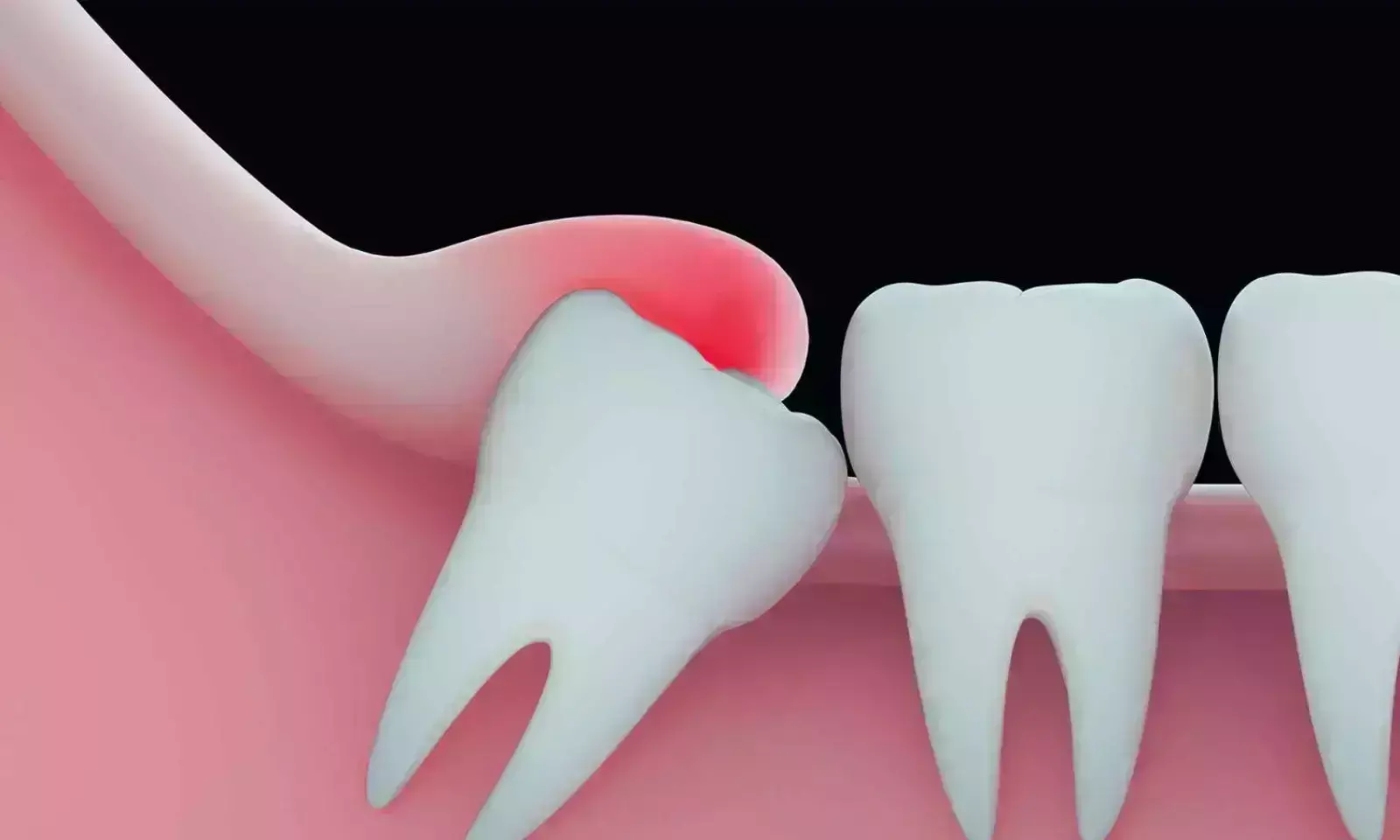- Home
- Medical news & Guidelines
- Anesthesiology
- Cardiology and CTVS
- Critical Care
- Dentistry
- Dermatology
- Diabetes and Endocrinology
- ENT
- Gastroenterology
- Medicine
- Nephrology
- Neurology
- Obstretics-Gynaecology
- Oncology
- Ophthalmology
- Orthopaedics
- Pediatrics-Neonatology
- Psychiatry
- Pulmonology
- Radiology
- Surgery
- Urology
- Laboratory Medicine
- Diet
- Nursing
- Paramedical
- Physiotherapy
- Health news
- Fact Check
- Bone Health Fact Check
- Brain Health Fact Check
- Cancer Related Fact Check
- Child Care Fact Check
- Dental and oral health fact check
- Diabetes and metabolic health fact check
- Diet and Nutrition Fact Check
- Eye and ENT Care Fact Check
- Fitness fact check
- Gut health fact check
- Heart health fact check
- Kidney health fact check
- Medical education fact check
- Men's health fact check
- Respiratory fact check
- Skin and hair care fact check
- Vaccine and Immunization fact check
- Women's health fact check
- AYUSH
- State News
- Andaman and Nicobar Islands
- Andhra Pradesh
- Arunachal Pradesh
- Assam
- Bihar
- Chandigarh
- Chattisgarh
- Dadra and Nagar Haveli
- Daman and Diu
- Delhi
- Goa
- Gujarat
- Haryana
- Himachal Pradesh
- Jammu & Kashmir
- Jharkhand
- Karnataka
- Kerala
- Ladakh
- Lakshadweep
- Madhya Pradesh
- Maharashtra
- Manipur
- Meghalaya
- Mizoram
- Nagaland
- Odisha
- Puducherry
- Punjab
- Rajasthan
- Sikkim
- Tamil Nadu
- Telangana
- Tripura
- Uttar Pradesh
- Uttrakhand
- West Bengal
- Medical Education
- Industry
Transbuccal Diclofenac sodium effective option for quicker analgesia after surgical removal of mandibular third molars: Study

Transbuccal Diclofenac sodium is an effective option for quicker analgesia after surgical removal of mandibular third molars suggests a study published in the Journal of Oral and Maxillofacial Surgery.
Pain, swelling, and trismus are the most common sequalae following the surgical removal of mandibular third molars. They pose significant challenges for clinicians, prompting the exploration of efficacious management approaches. The purpose of this study was to assess the efficacy of transbuccal mucoadhesive patch of diclofenac sodium versus an oral tablet in controlling the aforesaid sequelae. A prospective split-mouth, single-blinded study was conducted in the Department of Oral and Maxillofacial Surgery at AMC Dental College and Hospital, Ahmedabad. The study sample included patients of either sex, aged 18 to 45 years, requiring surgical removal of bilaterally symmetrical mandibular third molars under local anesthesia. Patients who had consumed analgesics within 24 hours prior to the procedure were excluded. The primary predictor variable was the route of administration of nonsteroidal anti-inflammatory drug.
The study group received transbuccal mucoadhesive patches containing 20 mg diclofenac sodium, whereas the control group received oral tablets of 50 mg. Postoperative pain, measured with visual analog scale, was the primary outcome variable, whereas swelling, mouth opening, onset of analgesic effect, and adverse events were assessed as secondary outcome variables. Two categories of covariates were considered. First, demographic: age and gender. Second, perioperative: pattern of impaction. Intergroup comparison was made using a paired sample t-test and an independent sample t-test, while intragroup differences were assessed with a one-way ANOVA and a paired t-test. P value ≤ .05 was considered statistically significant. Results: Out of 146 patients screened initially, the final study sample included 37 subjects with a mean age of 26.08 ± 5.09 years (21 (56.75%) males and 16 (43.25%) females). The study group exhibited a significantly lower postoperative pain score compared to the control group on days 0, 1, 2, and 3 postoperatively (P ≤ .05). No statistically significant difference was observed in reduction of facial swelling and improvement in mouth opening on 1st, 2nd, and 3rd days postoperatively between both the groups (P ≥ .05). The mean onset of analgesia was statistically significant in the study group (19.96 ± 5.40 minutes) compared to the control group (52.56 ± 6.33 minutes) (P < .001). Transbuccal mucoadhesive patch of diclofenac sodium offers effective pain control with quicker analgesia and fewer side effects compared to an oral tablet.
Reference:
Bhatti Z, Patel S, Shah S, Shah N, Savani R, Chauhan S. Is Diclofenac Transbuccal Mucoadhesive Patch Superior to Oral Diclofenac for the Management of Postoperative Sequelae After Third Molar Surgery? J Oral Maxillofac Surg. 2024 Mar 26:S0278-2391(24)00201-5. doi: 10.1016/j.joms.2024.03.019. Epub ahead of print. PMID: 38615694.
Dr. Shravani Dali has completed her BDS from Pravara institute of medical sciences, loni. Following which she extensively worked in the healthcare sector for 2+ years. She has been actively involved in writing blogs in field of health and wellness. Currently she is pursuing her Masters of public health-health administration from Tata institute of social sciences. She can be contacted at editorial@medicaldialogues.in.
Dr Kamal Kant Kohli-MBBS, DTCD- a chest specialist with more than 30 years of practice and a flair for writing clinical articles, Dr Kamal Kant Kohli joined Medical Dialogues as a Chief Editor of Medical News. Besides writing articles, as an editor, he proofreads and verifies all the medical content published on Medical Dialogues including those coming from journals, studies,medical conferences,guidelines etc. Email: drkohli@medicaldialogues.in. Contact no. 011-43720751


